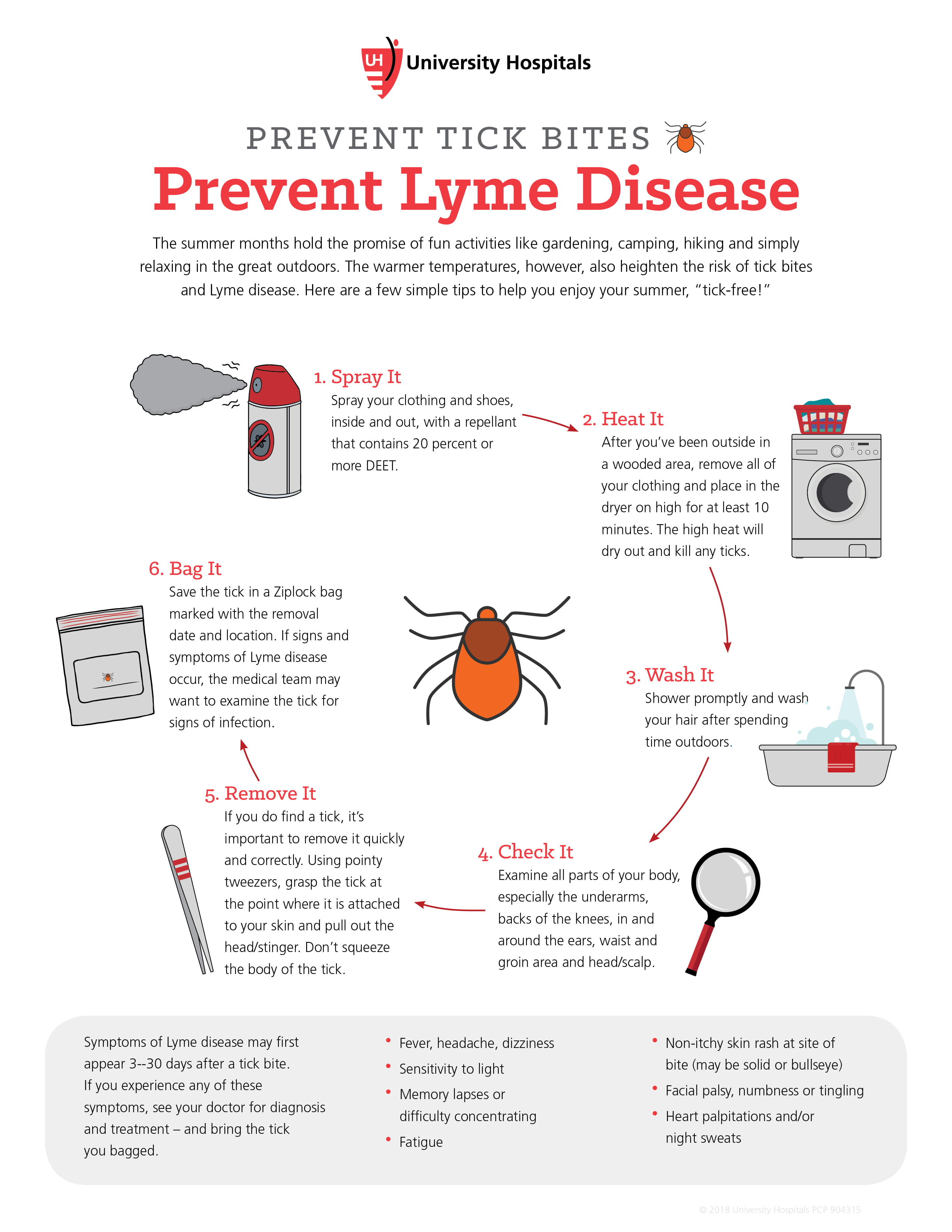Skin rash that looks like bites. Hives (Urticaria): Understanding Causes, Symptoms, and Treatment Options
What are hives and how do they differ from other skin conditions. What triggers hives and how can they be prevented. How are hives diagnosed and what treatment options are available. When should you seek medical attention for hives.
What Are Hives and How Do They Manifest on the Skin?
Hives, medically known as urticaria, are a common skin condition characterized by red, raised bumps that can appear anywhere on the body. These welts often resemble insect bites or allergic reactions, leading to confusion among those experiencing them for the first time.
The appearance of hives can vary significantly from person to person:
- Size: They can range from small, mosquito-bite-like bumps to large patches several inches wide.
- Distribution: Hives may appear as isolated spots or cover extensive areas of the body.
- Duration: Individual hives typically last for a few hours before fading, but new ones may continue to appear for days or even weeks.
- Movement: A unique characteristic of hives is their ability to move around the body, disappearing in one area only to reappear elsewhere.
Do hives always itch? While itching is a common symptom, not all hives are itchy. Some people may experience a burning or tingling sensation instead. The severity of discomfort can vary greatly among individuals and even between outbreaks in the same person.
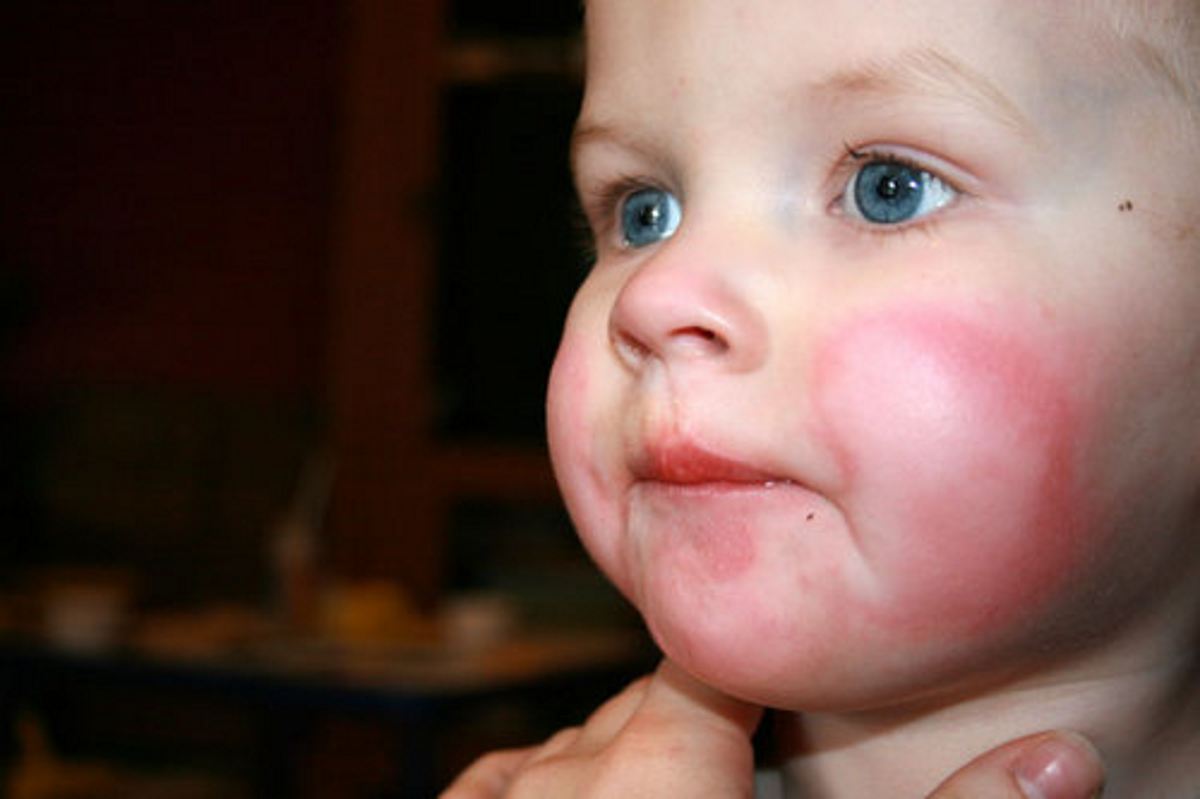
Unraveling the Causes: What Triggers Hives?
Understanding the triggers of hives is crucial for both treatment and prevention. The underlying mechanism involves the release of histamine and other inflammatory chemicals in the skin, but the factors that prompt this release can be diverse and sometimes elusive.
Non-Allergic Triggers
Contrary to popular belief, most cases of hives are not related to allergies. Common non-allergic triggers include:
- Infections: Viral infections like the common cold, strep throat, or urinary tract infections can trigger hives.
- Emotional stress: Anxiety, anger, fear, or sadness can provoke an outbreak.
- Physical factors: Exercise, extreme temperatures, sunlight exposure, or pressure on the skin can induce hives in some individuals.
- Vibrations: Activities like using a lawnmower or horseback riding can trigger hives in sensitive individuals.
Are certain individuals more prone to developing hives? While anyone can experience hives, some people may be more susceptible due to genetic factors, underlying health conditions, or a history of allergies.

Allergic Triggers
Although less common, allergic reactions can also cause hives. These triggers are often more concerning as they can potentially lead to a severe allergic reaction known as anaphylaxis. Allergic triggers may include:
- Foods: Common culprits include eggs, peanuts, tree nuts, milk, and shellfish.
- Medications: Certain drugs like aspirin, ibuprofen, and naproxen sodium can trigger hives in some people.
- Environmental factors: Pollen, animal dander, latex, and certain plants can cause hives upon contact.
Recognizing the Signs: When Hives Become a Medical Emergency
While most cases of hives are not life-threatening, it’s crucial to recognize when they may be part of a more severe allergic reaction. Anaphylaxis is a medical emergency that requires immediate attention.
What are the warning signs of anaphylaxis? Look out for the following symptoms accompanying hives:
- Difficulty breathing or swallowing
- Swelling of the mouth, tongue, or throat
- Nausea or vomiting
- Dizziness or fainting
- Rapid heartbeat
If these symptoms occur, it’s crucial to seek emergency medical help immediately. For individuals with known severe allergies, using an epinephrine auto-injector (such as EpiPen®, Auvi-Q®, or Adrenaclick®) as prescribed can be life-saving.

Diagnosing Hives: What to Expect at the Doctor’s Office
Diagnosing hives typically involves a thorough examination of the skin and a detailed medical history. Your healthcare provider may ask about recent exposures, medications, and any patterns you’ve noticed in the appearance of hives.
In some cases, additional tests may be necessary to identify underlying causes or rule out other conditions. These may include:
- Blood tests to check for infections or autoimmune disorders
- Allergy tests, such as skin prick tests or blood tests for specific allergens
- A skin biopsy in rare cases where the diagnosis is unclear
How long does it typically take to diagnose hives? In many cases, a diagnosis can be made based on the appearance of the skin and the patient’s history. However, identifying specific triggers or underlying causes may require more time and additional testing.
Treatment Strategies: Managing Hives Effectively
The treatment of hives focuses on relieving symptoms and preventing new outbreaks. The approach may vary depending on the severity and duration of the condition.
:max_bytes(150000):strip_icc()/mast-cell-activation-overview-4583920_final-e0d23ecb82b44e01a6e8ae3536571c76.png)
Over-the-Counter Solutions
For mild cases of hives, over-the-counter antihistamines are often the first line of treatment. These medications work by blocking the effects of histamine in the body, reducing itching and swelling. Common options include:
- Loratadine (Claritin®)
- Fexofenadine (Allegra®)
- Cetirizine (Zyrtec®)
- Levocetirizine (Xyzal®)
Is it safe to use antihistamines long-term for chronic hives? While many antihistamines are safe for extended use, it’s essential to consult with a healthcare provider for personalized advice, especially for chronic cases.
Prescription Treatments
For more severe or persistent cases of hives, your doctor may prescribe stronger medications:
- Higher doses of antihistamines
- Oral corticosteroids for short-term use in severe outbreaks
- Omalizumab (Xolair®) injections for chronic hives resistant to other treatments
- Other immunosuppressive medications in rare, severe cases
Living with Hives: Practical Tips for Daily Management
Managing hives extends beyond medication. Incorporating lifestyle changes and adopting certain strategies can help minimize outbreaks and improve quality of life.
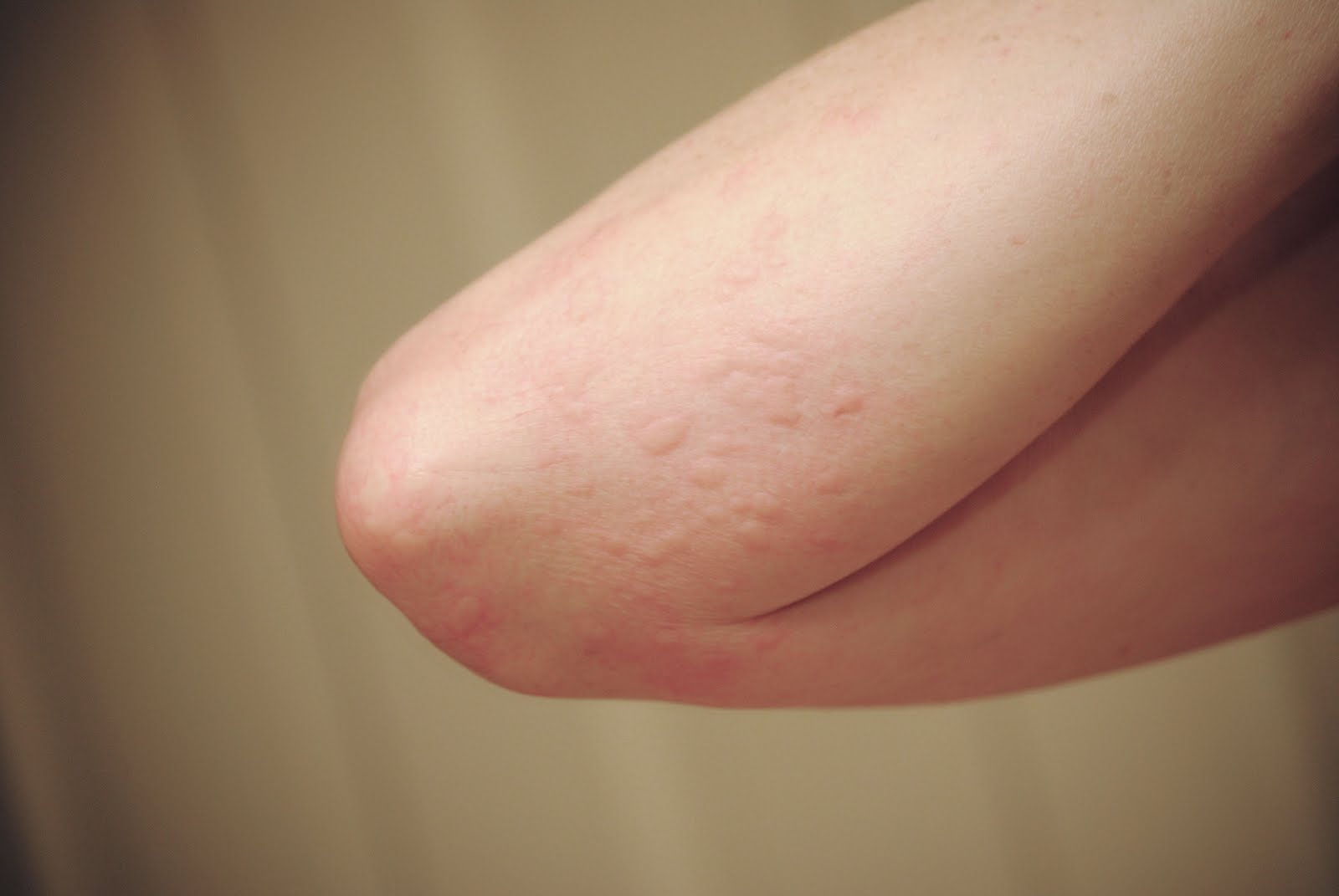
- Identify and avoid triggers: Keep a journal to track potential triggers and patterns in hive outbreaks.
- Practice good skin care: Use gentle, fragrance-free products and avoid hot showers or baths that can exacerbate itching.
- Manage stress: Since stress can trigger hives, incorporate stress-reduction techniques like meditation or yoga into your routine.
- Cool the skin: Apply cool compresses or take cool showers to soothe itchy skin.
- Wear loose, comfortable clothing: Tight clothing can irritate the skin and potentially trigger hives.
- Stay hydrated: Drinking plenty of water can help maintain skin health and potentially reduce the severity of outbreaks.
How can you prevent scratching, which often worsens hives? Keeping nails short, wearing gloves at night, and using distraction techniques can help resist the urge to scratch. For children, engaging in activities like reading or playing games can take their mind off the itching.
When to Seek Professional Help: Navigating Chronic Hives
While acute hives often resolve on their own or with minimal treatment, chronic hives (lasting more than six weeks) may require professional medical intervention. Consider consulting a dermatologist or allergist if:
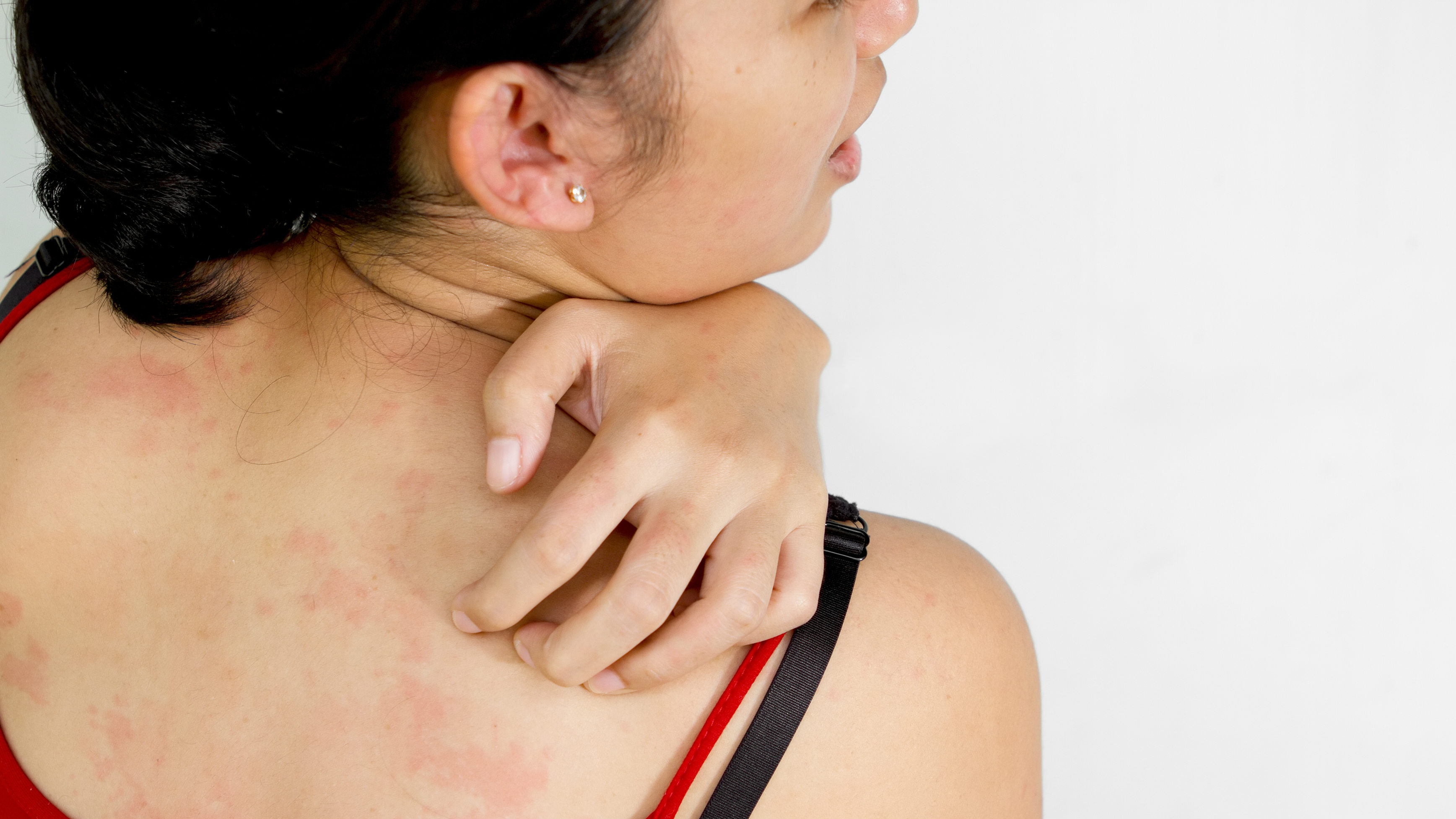
- Hives persist despite over-the-counter treatments
- Outbreaks significantly impact your quality of life
- You experience frequent or severe episodes
- There are signs of underlying health issues
What can you expect from a specialist consultation for chronic hives? A specialist may conduct more extensive testing, explore alternative treatment options, and provide guidance on long-term management strategies tailored to your specific case.
The Future of Hives Treatment: Emerging Research and Therapies
The field of hives treatment is continually evolving, with ongoing research into new therapies and a deeper understanding of the condition’s underlying mechanisms. Some promising areas of study include:
- Targeted biologics: Medications that specifically target the immune pathways involved in chronic hives
- Gut microbiome research: Exploring the connection between gut health and hives
- Personalized medicine: Tailoring treatments based on individual genetic and immunological profiles
- Novel antihistamines: Developing more effective and longer-lasting antihistamine medications
How might these advancements impact hives treatment in the coming years? As research progresses, we may see more effective, targeted treatments with fewer side effects, potentially offering better long-term management options for those with chronic hives.

In conclusion, while hives can be a frustrating and sometimes alarming condition, understanding its causes, recognizing its symptoms, and knowing the available treatment options can empower individuals to manage outbreaks effectively. By working closely with healthcare providers and adopting appropriate lifestyle modifications, most people with hives can find relief and maintain a good quality of life. As research continues to advance, the future holds promise for even better management strategies and potential breakthroughs in treatment.
Hives (Urticaria): Causes, Treatment and Prevention
Nationwide Children’s Hospital
Overview
Signs & Symptoms
Causes
Treatment
What to Expect
When to Seek Help
What Are Hives?
Hives are red, raised bumps on the skin that can be itchy. Hives are also called urticaria. About 1 in 5 people will get hives at some point in their lives.
What Are the Signs and Symptoms of Hives?
Hives can be found anywhere on the body. They can be small, like mosquito bites, or several inches wide. Even if they look different, hives often have common symptoms.
- People may have one hive or groups of hives that cover large areas of the body.

- Hives can move around on the body. They may start in one place, then move to another place on the body.
- Hives may go away quickly or come and go for many weeks or months.
- Skin swelling is common with hives. It may happen on the lips, ears, eyelids, fingers, or toes. This is common and not dangerous.
- Less commonly, hives can occur as part of a more severe allergic reaction called anaphylaxis. Anaphylaxis can cause the airway to swell, making it hard to breathe. This is a life-threatening reaction that needs to be treated right away.
What Causes Hives?
Hives happen when the body releases a chemical called histamine. It can be released because of allergies or other things, like stress, infections, or some illnesses. Whatever is causing histamine to be released is called a trigger.
- Hives not related to allergies are more common. Their triggers are:
- Viruses or infections, like a cold, strep throat, or a urinary tract infection (UTI).

- Emotional stress, like anxiety, anger, fear, or sadness.
- Exercises that make the body warm.
- Vibrations from using a lawn mower, horseback riding, or mountain biking.
- Temperatures that are too hot or too cold.
- Sunlight or tanning beds (sunlamps).
- Pressure on the skin, like being rubbed too hard or scratched, or by wearing clothes that are too tight.
- Viruses or infections, like a cold, strep throat, or a urinary tract infection (UTI).
Hives that are related to allergies are less common. Their triggers are:
- Foods or medicines (anaphylaxis may occur) – Symptoms include nausea, throwing up (vomiting), mouth/throat swelling, and trouble breathing. This can be very dangerous.
- Some common foods that cause allergies include eggs, peanuts, tree nuts, milk, and shellfish.
- Some medicines that cause allergies include aspirin, ibuprofen (Advil®, Motrin®), and naproxen sodium (Aleve®).

- Contact with the skin that can lead to irritation. These are usually not dangerous.
- Plants, grasses, weeds
- Acidic foods or sauces
- Scents or fragrances (soaps, detergents, lotions)
- Animal dander
- Latex or other materials
When to Get Emergency Help
Call 911 or take your child to the closest emergency room if they have hives and any symptoms of anaphylaxis:
- Trouble breathing, swallowing, or talking
- Swelling of the mouth or tongue
- Nausea or vomiting
If they have an epinephrine auto-injector, like EpiPen®, Auvi-Q®, or Adrenaclick®, use it right away.
How Are Hives Treated?
Treatment depends on how bad the itching is. Even with treatment, hives can last days to weeks. The goals of treatment are to:
- Control the itching
- Avoid things that may trigger hives
For mild hives:
- Give an over-the-counter (OTC) antihistamine each day.
 Some examples are:
Some examples are:- Loratadine (Claritin®)
- Fexofenadine (Allegra®)
- Cetirizine (Zyrtec®)
- Levocetirizine (Xyzal®)
- Do not use Benadryl® creams. These may cause irritating rashes.
- Cool the skin using an ice pack or a cold bath or shower.
- Distract your child by playing games, singing songs, or reading books.
- Avoid known triggers, like animal dander or fragrance.
For severe hives:
- Give a higher dose of antihistamines or steroids, like prednisone. Oral steroids should not be used a lot. They may make hives worse when you stop taking the medicine.
- See a doctor or health care provider. They may prescribe a medicine, like Xolair® shots (injections), if you have long-term (chronic) hives.
Living With Hives
Living with hives isn’t easy, especially if you don’t know what’s causing them. It may help if you write down events that happened right before the hives appeared. This can help you and your child make a plan to keep the hives from coming back.
This can help you and your child make a plan to keep the hives from coming back.
Depending on what’s causing your child’s hives, you can keep their hives from getting worse by having them:
- Avoid scratching or rubbing their skin.
- Wash their hands after touching pets or animals.
- Wear loose-fitting clothes. • Wear warm clothes.
- Wear sunblock and long sleeves and pants in the sun.
- Avoid contact with cold water if they’re sensitive to cold.
- Use mild, unscented soap on their skin and for washing clothes.
When to Call the Doctor
Call the doctor or health care provider if your child’s hives get worse or prescribed medicine isn’t helping.
Hives (Urticaria) (PDF), Spanish (PDF), Somali (PDF)
HH-I-82 11/89, Revised 2023, Nationwide Children’s Hospital
Next Steps
Request an Appointment
or
Get a Second Opinion
You Might Also Be Interested In
Blog
Allergic Reactions to Stings and Bites
The day before I was to have my senior picture taken in high school, I was stung on my right hand by a wasp. My entire hand and wrist swelled to about three times its normal size.
My entire hand and wrist swelled to about three times its normal size.
Podcast
PediaCast 039: Pediatricians, Hives and Sleep Apnea
In this episode of PediaCast, Dr. Mike discusses hives, sleep apnea and slimming down for summer. We’ll also answer some user questions and talk about board-certified pediatricians.
700 Children’s Blog
If you have a child – or care for a child – 700 Children’s was created especially for you. Our blog gives you access to the most current pediatric news and research.
Hives (Urticaria) | Causes, Symptoms & Treatment
Chronic hives occur almost daily for more than six weeks and are typically itchy. Each hive lasts less than 24 hours. They do not bruise nor leave any scar. They typically do not have an identifiable trigger.
Each hive lasts less than 24 hours. They do not bruise nor leave any scar. They typically do not have an identifiable trigger.
If your hives last more than a month or if they recur over time, see an allergist, who will take a history and perform a thorough physical exam to try and determine the cause of your symptoms. A skin test and challenge test may also be needed to identify triggers.
Therapies range from cool compresses to relieve itching to prescription antihistamines and other drugs, such as anti-inflammatory medications and medications that may modify your "}" data-sheets-userformat="{"2":8963,"3":{"1":0},"4":[null,2,16777215],"11":4,"12":0,"16":10}">The immune system is a collection of cells and proteins that works to protect the body from potentially harmful, infectious microorganisms (microscopic life-forms), such as bacteria, viruses and fungi. The immune system plays a role in the control of cancer and other diseases, but also is the culprit in the phenomena of allergies, hypersensitivity and the rejection of transplanted organs, tissues and medical implants.</span>” rel=”tooltip”>immune system.
Is It Hives or Angioedema?
Angioedema – swelling of tissue beneath the surface of the skin – can be mistaken for, or associated with hives. It can be caused by allergic reactions, medications or a hereditary deficiency of some enzymes. The following symptoms may indicate angioedema:
- Swelling in the eyes or mouth
- Swelling of the hands, feet or throat
- Difficulty breathing, stomach cramps or swelling of the lining of the eyes
The best way to identify your symptoms is to talk to an allergist who can diagnose and treat both hives and angioedema.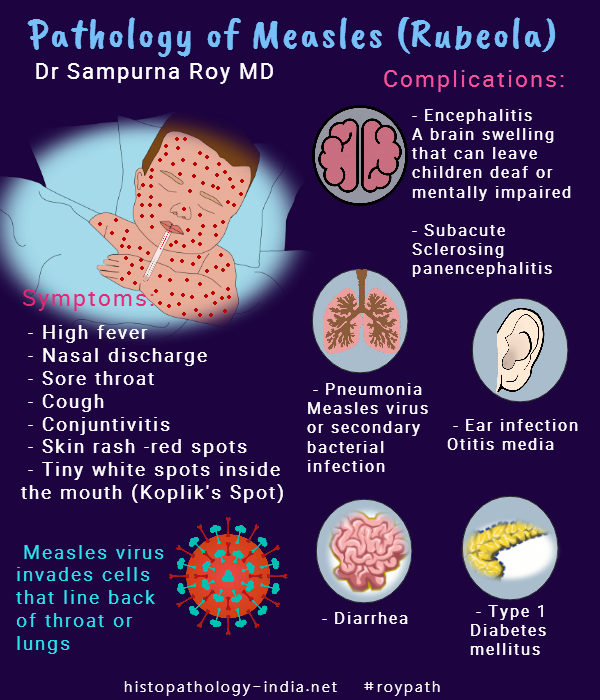
Diagnosis
In some cases, the trigger is obvious – a person eats peanuts or shrimp, and then breaks out within a short time. Other cases require detective work by both the patient and the physician because there are many possible causes. If the hives have gone on for a long time, the cause is not usually identified.
A single episode of hives does not usually call for extensive testing. If a food allergy is suspected, consider keeping track of what you eat. This will help you discover whether there is a link between what you’re eating and when you break out with hives.
Chronic hives should be evaluated by an allergist, who will ask about your and your family’s medical history, substances to which you are exposed at home and at work, exposure to pets or other animals and any medications you’ve taken recently. If you have been keeping a food diary, show it to your allergist.
Your allergist may want to conduct skin tests, blood tests and urine tests to identify the cause of your hives. If a specific food is the suspected trigger, your allergist may do a skin-prick test or a blood test to confirm the diagnosis; once the trigger is identified, you’ll likely be advised to avoid that food and products made from it. In rare instances, the allergist may recommend an oral food challenge – a carefully monitored test in which you’ll eat a measured amount of the suspected trigger to see if hives develop. If a medication is suspected as the trigger, your allergist can conduct similar tests, and a cautious drug challenge – similar to an oral food challenge, but with medications – may also be needed to confirm the diagnosis. Because of the possibility of ” rel=”tooltip”>anaphylaxis, a life-threatening allergic reaction, these challenge tests should be done only under strict medical supervision, with emergency medication and equipment at hand.
If a specific food is the suspected trigger, your allergist may do a skin-prick test or a blood test to confirm the diagnosis; once the trigger is identified, you’ll likely be advised to avoid that food and products made from it. In rare instances, the allergist may recommend an oral food challenge – a carefully monitored test in which you’ll eat a measured amount of the suspected trigger to see if hives develop. If a medication is suspected as the trigger, your allergist can conduct similar tests, and a cautious drug challenge – similar to an oral food challenge, but with medications – may also be needed to confirm the diagnosis. Because of the possibility of ” rel=”tooltip”>anaphylaxis, a life-threatening allergic reaction, these challenge tests should be done only under strict medical supervision, with emergency medication and equipment at hand.
In cases where vasculitis (inflammation of the blood cells) may be the cause, your allergist may conduct a skin biopsy and send it to a specialist to examine under a microscope.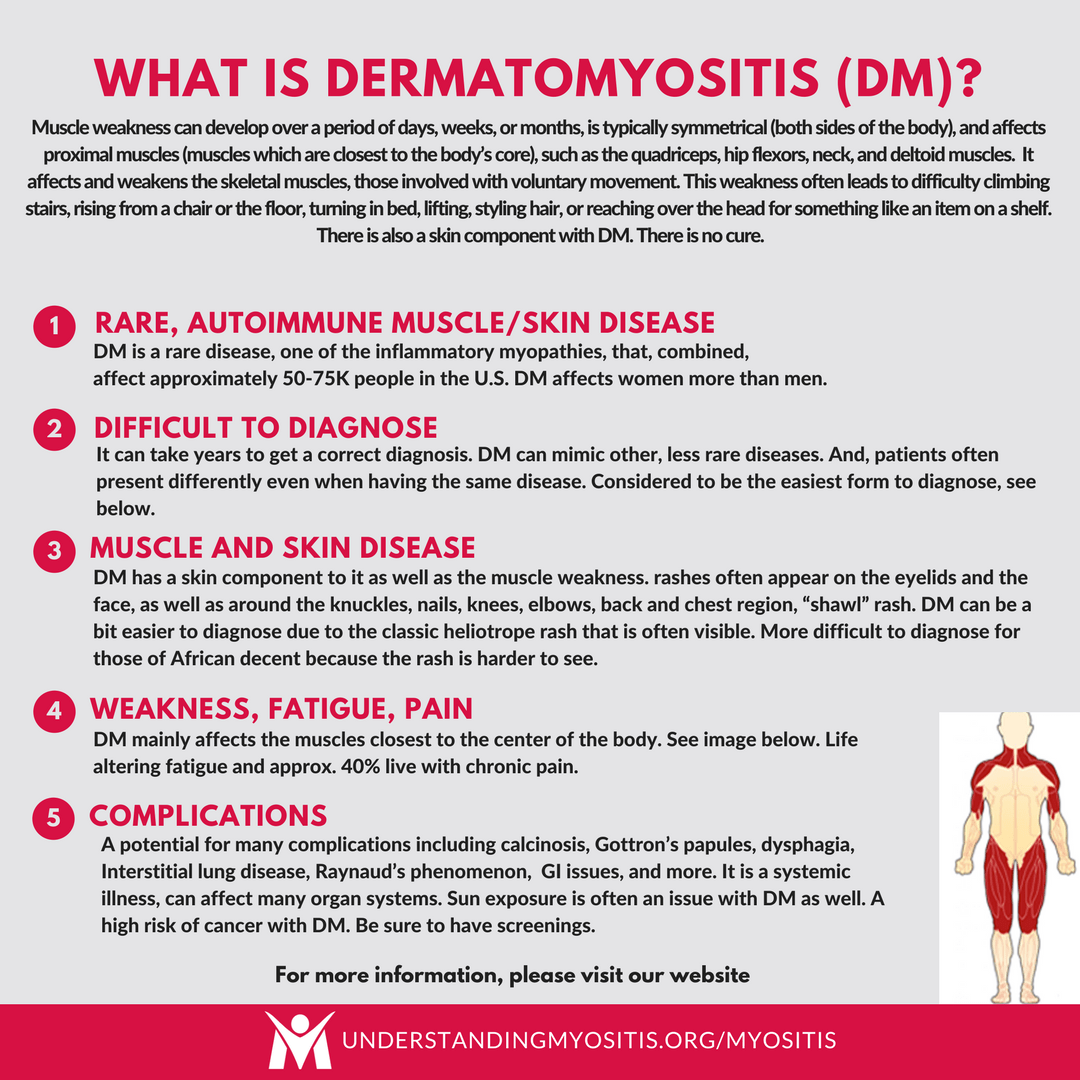
Management and Treatment
Researchers have identified many – but not all – of the factors that can cause hives. These include food and other substances you take, such as medications. Some people develop hives just by touching certain items. Some illnesses also cause hives. Here are a few of the most common causes:
- Some food (especially peanuts, eggs, nuts and shellfish)
- Medications, such as antibiotics (especially penicillin and sulfa), aspirin and ibuprofen
- Insect stings or bites
- Physical stimuli such as pressure, cold, heat, exercise or sun exposure
- Latex
- Blood transfusions
- Bacterial infections, including urinary tract infections and strep throat
- Viral infections, including the common cold, infectious mononucleosis and hepatitis
- Pet dander
- Pollen
- Some plants
Antihistamines – available either over the counter or by prescription – are a frequently recommended treatment for hives. They work by blocking the effect of </span>” rel=”tooltip”>histamine, a chemical in the skin that can cause allergy symptoms, including welts. Antihistamines that don’t make you drowsy are preferred. They are effective and long-lasting (may be taken once a day) and have few side effects. Your allergist may recommend a combination of two or three antihistamines to treat your hives, along with cold compresses or anti-itch balms to ease the symptoms.
They work by blocking the effect of </span>” rel=”tooltip”>histamine, a chemical in the skin that can cause allergy symptoms, including welts. Antihistamines that don’t make you drowsy are preferred. They are effective and long-lasting (may be taken once a day) and have few side effects. Your allergist may recommend a combination of two or three antihistamines to treat your hives, along with cold compresses or anti-itch balms to ease the symptoms.
Severe episodes of urticaria may require temporary treatment with prednisone, a similar corticosteroid medication or an immune modulator, which can reduce the severity of the symptoms.
If your reaction involves swelling of your tongue or lips, or you have trouble breathing, your allergist may prescribe an epinephrine (adrenaline) auto-injector for you to keep on hand at all times. These can be early symptoms of anaphylaxis, a potentially fatal allergic reaction that impairs breathing and can send the body into shock. The only treatment for anaphylaxis is It is one of two chemicals (the other is norepinephrine) released by the adrenal gland. Epinephrine increases the speed and force of heart beats and thereby the work that can be done by the heart. It dilates the airways to improve breathing and narrows blood vessels in the skin and intestine so that an increased flow of blood reaches the muscles and allows them to cope with the demands of exercise. Epinephrine has been produced synthetically as a drug since 1900. It remains the drug of choice for treatment of anaphylaxis."}" data-sheets-userformat="{"2":8963,"3":{"1":0},"4":[null,2,16777215],"11":4,"12":0,"16":10}">Epinephrine is a naturally occurring hormone, also called adrenaline. It is one of two chemicals (the other is norepinephrine) released by the adrenal gland. Epinephrine increases the speed and force of heart beats and thereby the work that can be done by the heart. It dilates the airways to improve breathing and narrows blood vessels in the skin and intestine so that an increased flow of blood reaches the muscles and allows them to cope with the demands of exercise. Epinephrine has been produced synthetically as a drug since 1900. It remains the drug of choice for treatment of anaphylaxis.</span>” rel=”tooltip”>epinephrine. If you develop hives and your injector is not nearby – or if using the auto-injector doesn’t cause the symptoms to immediately improve – call 911 or go to an emergency room immediately. Emergency medical services carry epinephrine and can provide prompt treatment. You should also go to the emergency room after using an auto-injector.
Epinephrine has been produced synthetically as a drug since 1900. It remains the drug of choice for treatment of anaphylaxis.</span>” rel=”tooltip”>epinephrine. If you develop hives and your injector is not nearby – or if using the auto-injector doesn’t cause the symptoms to immediately improve – call 911 or go to an emergency room immediately. Emergency medical services carry epinephrine and can provide prompt treatment. You should also go to the emergency room after using an auto-injector.
If the cause of hives can be identified, the best treatment is to avoid the trigger or eliminate it:
- Foods: Don’t eat foods that have been identified to cause your symptoms.
- Rubbing or scratching: Avoid harsh soaps. Frequent baths may reduce itching and scratching – beneficial because itching and scratching can make the hives feel worse.
- Constant pressure: Avoid tight clothing. Pressure hives can be relieved by wearing loose-fitting clothes.
- Temperature: If you develop hives when exposed to cold, do not swim alone in cold water and always carry an epinephrine auto-injector.
 Avoid exposure to cold air and use a scarf around your nose and mouth in cold weather. If you must be out in the cold, wear warm clothing.
Avoid exposure to cold air and use a scarf around your nose and mouth in cold weather. If you must be out in the cold, wear warm clothing. - Sun exposure: Wear protective clothing; apply sunblock.
- Medications: Notify your physician or pharmacist immediately if you suspect that a specific medication is causing your hives.
Chronic hives
Some cases of hives last for more than six weeks and can last months or years. This condition is known as chronic hives.
If the cause cannot be identified, even after a detailed history and testing, the condition is called chronic idiopathic urticaria. (“Idiopathic” means “unknown.”) About half these cases are associated with some immune findings. Chronic hives may also be associated with thyroid disease, other hormonal problems or, in very rare instances, cancer. Even this condition usually dissipates over time.
Physical urticaria
In physical urticaria, the hives have a physical cause, such as exposure to heat, cold or pressure.
Common triggers include:
- Rubbing or scratching. This is the most frequent cause of physical urticaria. Symptoms appear within a few minutes in the place that was rubbed or scratched and typically last less than an hour.
- Pressure or constriction. Delayed pressure urticaria can appear as red swelling six to eight hours after pressure (belts or constrictive clothing, for example) has been applied. Symptoms can also occur in parts of the body under constant pressure, such as the soles of the feet.
- Change in temperature. Cold urticaria is caused by exposure to low temperatures followed by re-warming. This can be severe and life-threatening if there is a general body cooling – for example, after a plunge into a swimming pool.
- Higher body temperature. Cholinergic urticaria is due to an increase in body temperature because of sweating, exercise, hot showers and/or anxiety.
- Sun exposure. Solar urticaria may occur within a few minutes after exposure to the sun.

Inflammation of the blood vessels, or vasculitis, can also cause hives. These hives are more painful than itchy, may leave a bruise on the skin and often last more than a day.
Life’s too short to struggle with hives. Find answers with an allergist.
Mosquito bite rash
Skin infections, especially those with a diagnostic sign of rashes, are one of the most common reasons young children go to the doctor. Adults also suffer from this skin problem; however, most of them choose self-diagnosis and self-treatment. Identifying a rash is never an easy task, and it’s even more difficult because one type of mosquito bite-like rash can have different causes and relatively common symptoms.
Pay attention to aspects of the rash
Allergic reactions to food, viruses, metals, bacteria and other skin irritants can cause mosquito bite rashes. In most cases, the rash does not indicate a dangerous condition, but in some rare cases it does. When you find a rash, spend as much time as possible paying attention to how the rash looks.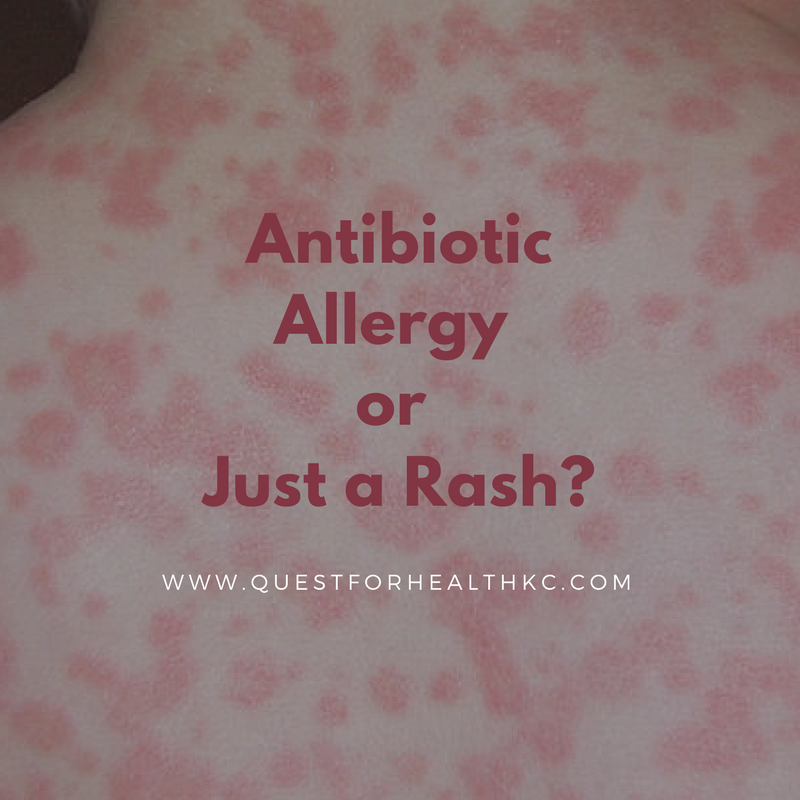 Pay attention to how long it has been present, how widespread it is, whether it itches or not, how big and how many spots you have.
Pay attention to how long it has been present, how widespread it is, whether it itches or not, how big and how many spots you have.
what are the 50 states in alphabetical order
Related Articles
- Insect bite rash
- Dengue rash
- Baby rash
The role of histamine
The lining of the skin contains many mast cells that are designed to attack and destroy parasites. These cells carry sacs filled with chemicals, including a protein called histamine. When an allergic reaction occurs in the body caused by an allergen, the body releases histamine. Once in the bloodstream, the fluid leaks out of the blood vessels, accumulates in the skin, and causes a rash. Thus, itching, swelling and irritation.
Urticaria
Urticaria is a skin disease similar to mosquito bites.
What they look like: Medically, urticaria is smooth, raised, with pink to reddish bumps or wheals that can vary in size. They may also be ring, oval or circle shaped with a pale center and a red halo or flare on the outer edge. The redness of the spots may disappear and turn pale with pressure. Wheat also disappears within minutes or hours and is replaced by newly formed ones. As a rule, bulging bumps appear in groups, covering the whole body or part of it, accompanied by very intense itching.
What causes them: According to the American Academy of Allergy, Asthma and Immunology, hives are often associated with medications and food allergies. Very common triggers are allergic reactions to pollen, pet dander, or seafood. There are many causes of irritating skin allergies, and some of them have unexpected triggers.
Training or exercise: Many people think that a rise in body temperature causes hives. But what actually causes hives is your own sweat.

Cold temperatures: Cold climates can exacerbate the disease in some people. This includes other causes associated with a cold, such as swimming pools or eating chilled food.
Infection Response: Researchers have found that several bacterial and viral infections, including tooth decay, have a role in the development of hives.
Stress: High levels of cortisol (the stress hormone) are associated with chronic urticaria and may exacerbate them.
Sunlight and heat. Although hives are rare, some people get hives after sudden sun exposure. This happens if you were indoors in winter. Your body may suddenly explode and a red, itchy rash will appear on his body. It can also appear in areas that have been covered for several months and then exposed to sunlight abruptly.
Home remedies: The first step is to discover your potential triggers. They must be avoided to prevent hives. Healthy eating habits can reduce the chance of hives. Cool oatmeal baths can also relieve an itchy rash. After bathing, apply topical medications, such as calamine lotion or 1% hydrocortisone cream, to the affected area to relieve itching.
Healthy eating habits can reduce the chance of hives. Cool oatmeal baths can also relieve an itchy rash. After bathing, apply topical medications, such as calamine lotion or 1% hydrocortisone cream, to the affected area to relieve itching.
how to get engine oil from concrete
Applying an ice pack to the rash also provides relief. Also, cut your nails short to avoid scratching the rashes. Wear loose clothing to prevent further irritation of the affected skin. Over-the-counter medications such as oral antihistamines are also the preferred choice for blocking the release of histamine (a compound that causes allergic symptoms).
When to see a doctor: If your hives do not go away after home treatment and you have other serious symptoms, such as swelling of the lips and difficulty breathing, go to the emergency room right away. Also, for rashes that are accidentally scratched and have caused an infection due to an open wound, see a doctor.
Heat rash (heat rash)
Heat rash is a condition that causes a rash with bumps on the skin.
What it looks like: Heat rash, also known as prickly heat or sweat rash, is a common condition in humid or hot weather. Heat rash is very similar to hives. It shows red, itchy, raised bumps on the skin. Unlike urticaria, which affects any age group and is widespread, heat rash is smaller and more common in children. It usually appears in places where sweat accumulates, such as the neck, upper chest, or elbow creases.
What causes it: As a rule, skin rash is mainly caused by blockage of the sweat ducts in summer or hot weather. For example, a child who is overdressed under the scorching sun may develop a heat rash. Heavy use of creams also contributes to clogged pores during exercise.
Home remedies: Heat rashes usually resolve within a couple of days after air drying. Loosening and removing clothing will also help. Allow the skin to cool while monitoring the temperature. Stay in air-conditioned rooms or use cold compresses. Other treatment options for heat rash include applying calamine or hydrocortisone creams to soothe the rash. It is also important to avoid other lotions as they can aggravate the irritation of your sensitive skin.
Allow the skin to cool while monitoring the temperature. Stay in air-conditioned rooms or use cold compresses. Other treatment options for heat rash include applying calamine or hydrocortisone creams to soothe the rash. It is also important to avoid other lotions as they can aggravate the irritation of your sensitive skin.
how to clean the outer bottom of pots and pans
When to see a doctor: An increase in heat rash within three to four days is reason enough to seek advice. Immediate medical attention is needed for severe itching and rashes with pus and swelling.
Irritant contact dermatitis
Irritant contact dermatitis may cause a mosquito bite-like rash.
What it looks like: In addition to allergic reaction rashes, a more common type of contact dermatitis is irritant contact dermatitis. At first glance, it can be confused with beehives as it shares most of its characteristics. It starts with a red rash and bumps followed by itchy dry skin. During a hypersensitivity reaction, raised papules form on the skin in the affected areas. A flaky rash may also appear. However, its distribution differs from hives. This type of contact dermatitis affects areas that are only exposed to irritants.
During a hypersensitivity reaction, raised papules form on the skin in the affected areas. A flaky rash may also appear. However, its distribution differs from hives. This type of contact dermatitis affects areas that are only exposed to irritants.
What causes it: The main cause is repeated contact with an irritant that rubs against the skin and damages the surface of the skin. It is caused by a reaction to certain substances, such as detergents, perfumes, cosmetics, soaps, metal jewelry, deodorant, or other personal care products.
things to write to your best friend to make them smile
Home remedies: Avoid anything that causes symptoms. Avoid strong substances that can irritate the skin. The constant friction of clothing fabric makes your skin more susceptible to injury, so choose cotton material over bulky fabrics because they are less irritating. Treat the area with hydrocortisone or anti-itch cream and then take a dose of antihistamines. A moist compress can be applied to relieve mild to moderate symptoms.
A moist compress can be applied to relieve mild to moderate symptoms.
When to see a doctor: Severe symptoms, such as painful and widespread rashes, require a doctor’s consultation. See an allergist and get a patch test if you can’t pinpoint the cause of the rash. Also, if the rash begins to interfere with your daily activities and causes lack of sleep, seek medical attention.
Looking for the culprit
You don’t have to go to medical school to determine the root cause of a rash. With a bit of acquired knowledge and a few tips on how to check their characteristics, you can prevent them and treat them yourself.
Calorie calculator
Gender:
Age:
Height (in cm):
Weight (in kg):
Physical activity level:
Minimum Low Medium High Very high
90,000 symptoms, causes. Treatment at the Fantasy clinic in Moscow
We treat children according to the principles of evidence-based medicine: we choose only those diagnostic and treatment methods that have proven their effectiveness.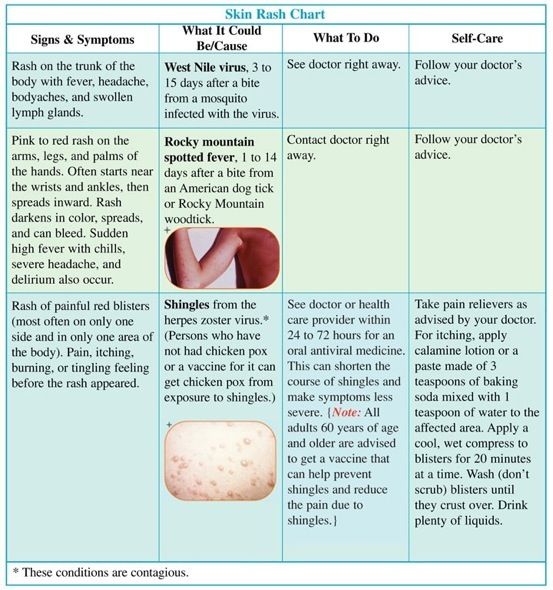 We will never prescribe unnecessary examinations and medicines!
We will never prescribe unnecessary examinations and medicines!
Make an appointment via WhatsApp
Prices
Doctors
The first children’s clinic of evidence-based medicine in Moscow
No unnecessary examinations and drugs! We will prescribe only what has proven effective and will help your child.
Treatment according to world standards
We treat children with the same quality as in the best medical centers in the world.
Fantasy has the best team of doctors!
Pediatricians and subspecialists Fantasy – highly experienced doctors, members of professional societies. Doctors constantly improve their qualifications, undergo internships abroad.
The ultimate safety of treatment
We have made children’s medicine safe! All our staff work according to the most stringent international standards JCI
We have fun, like visiting best friends
Game room, cheerful animator, gifts after the reception.



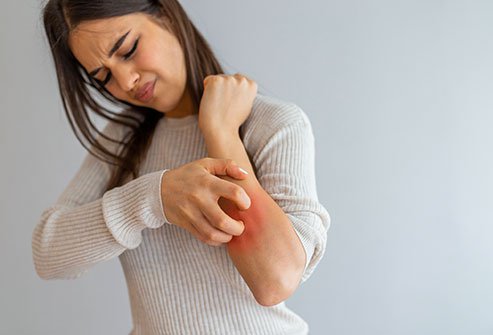 Some examples are:
Some examples are: Avoid exposure to cold air and use a scarf around your nose and mouth in cold weather. If you must be out in the cold, wear warm clothing.
Avoid exposure to cold air and use a scarf around your nose and mouth in cold weather. If you must be out in the cold, wear warm clothing.